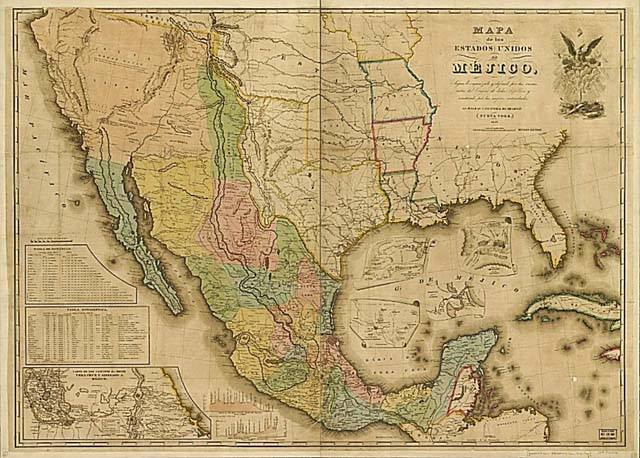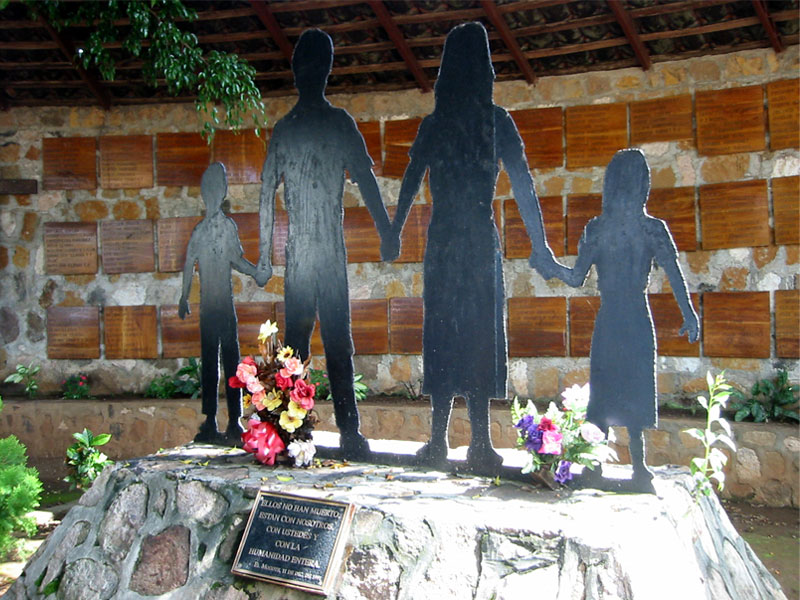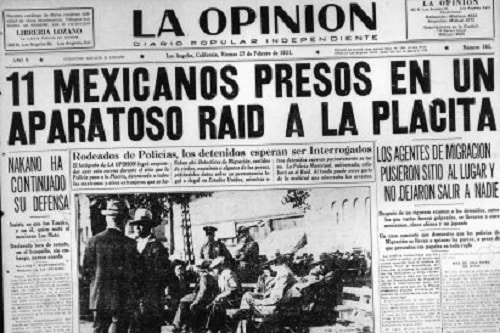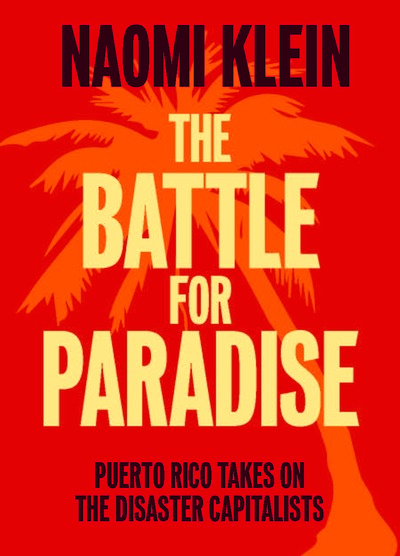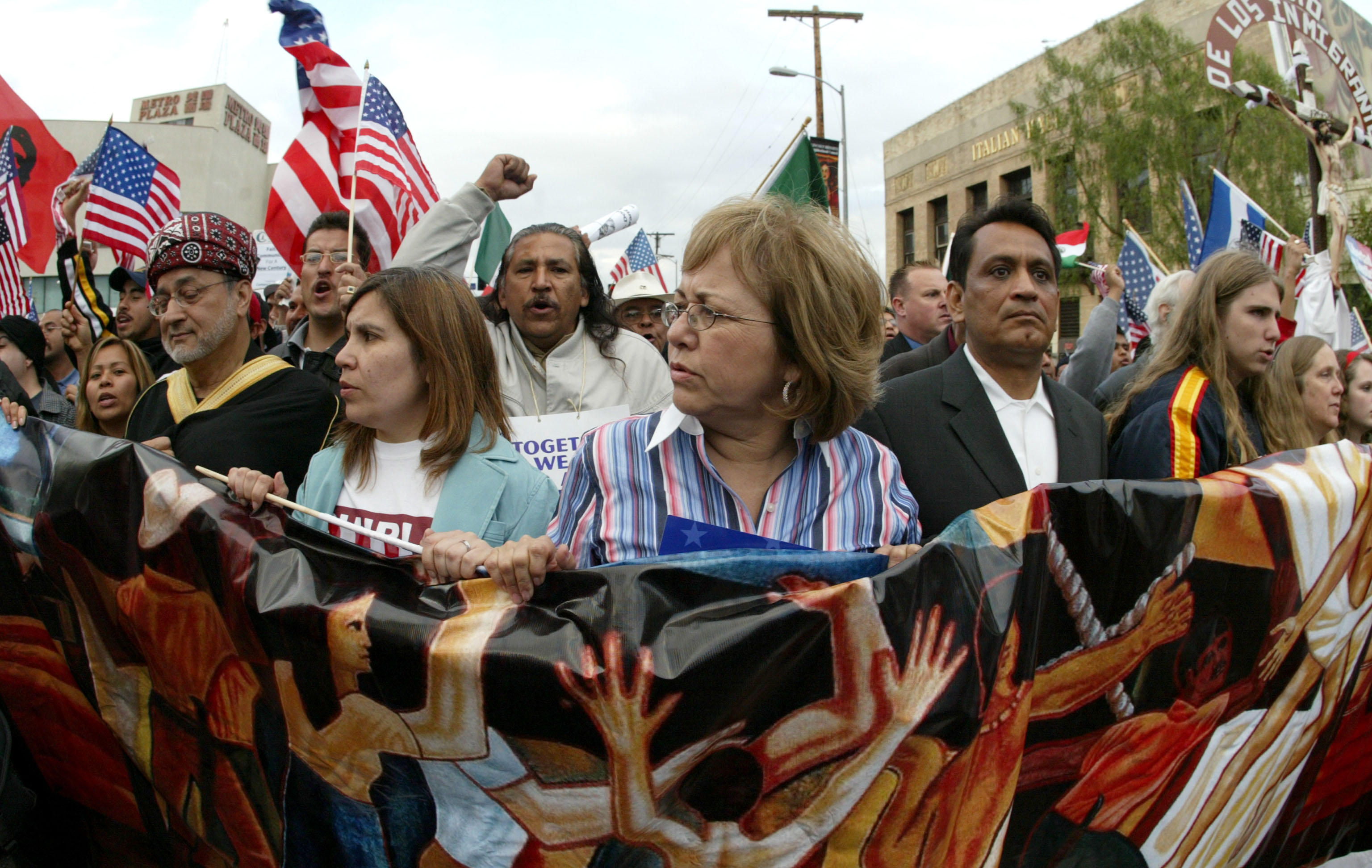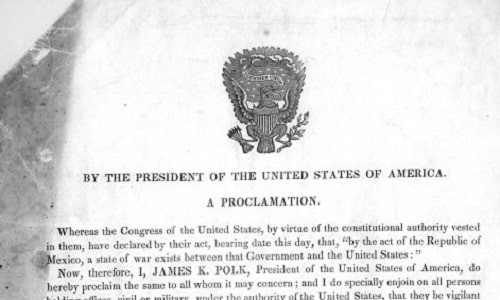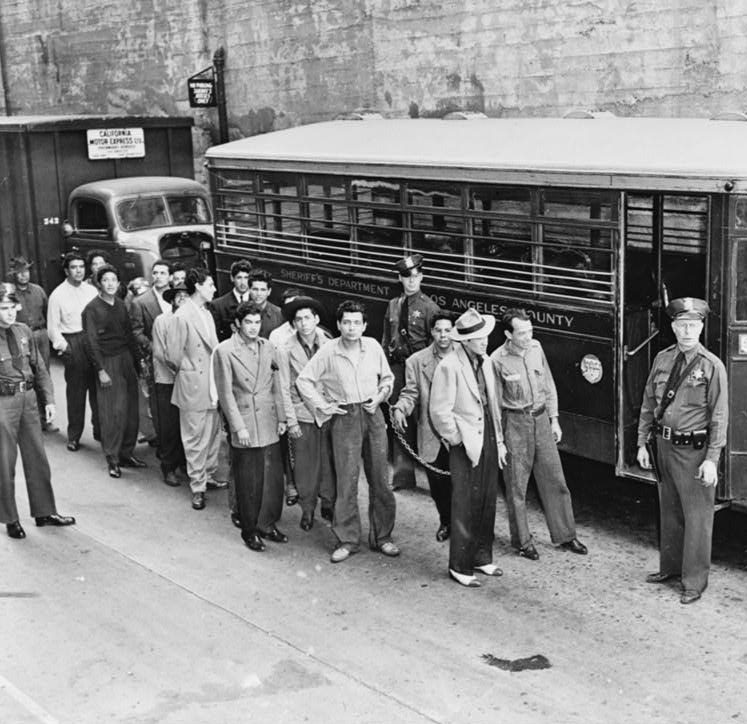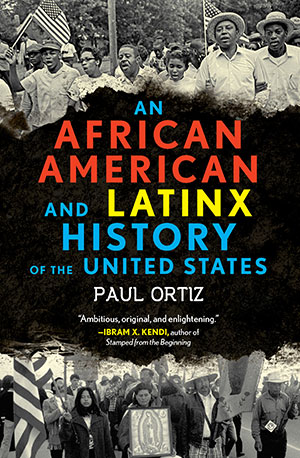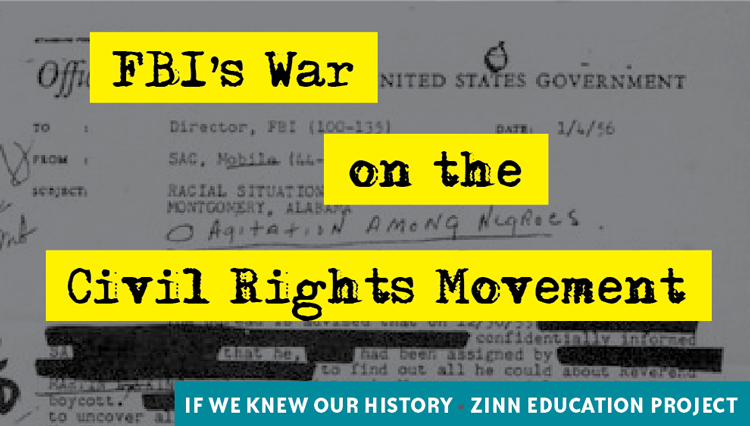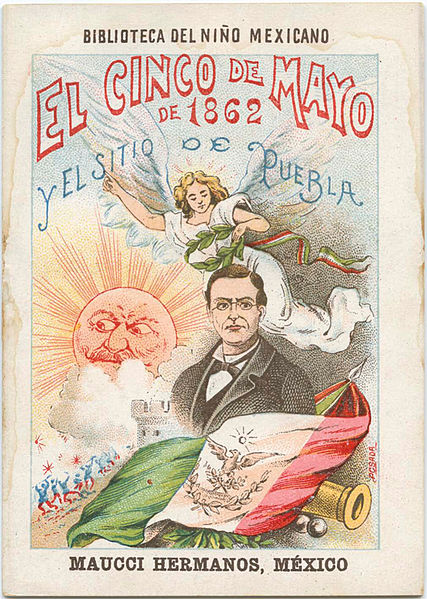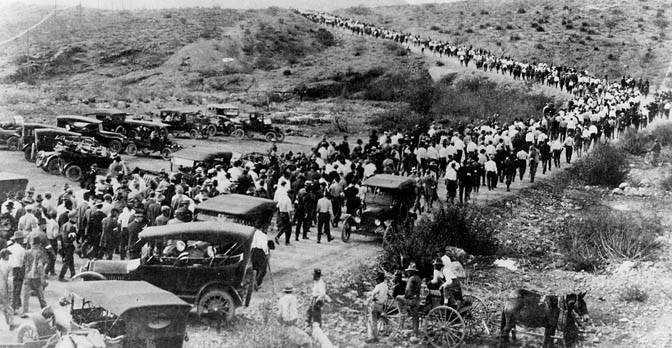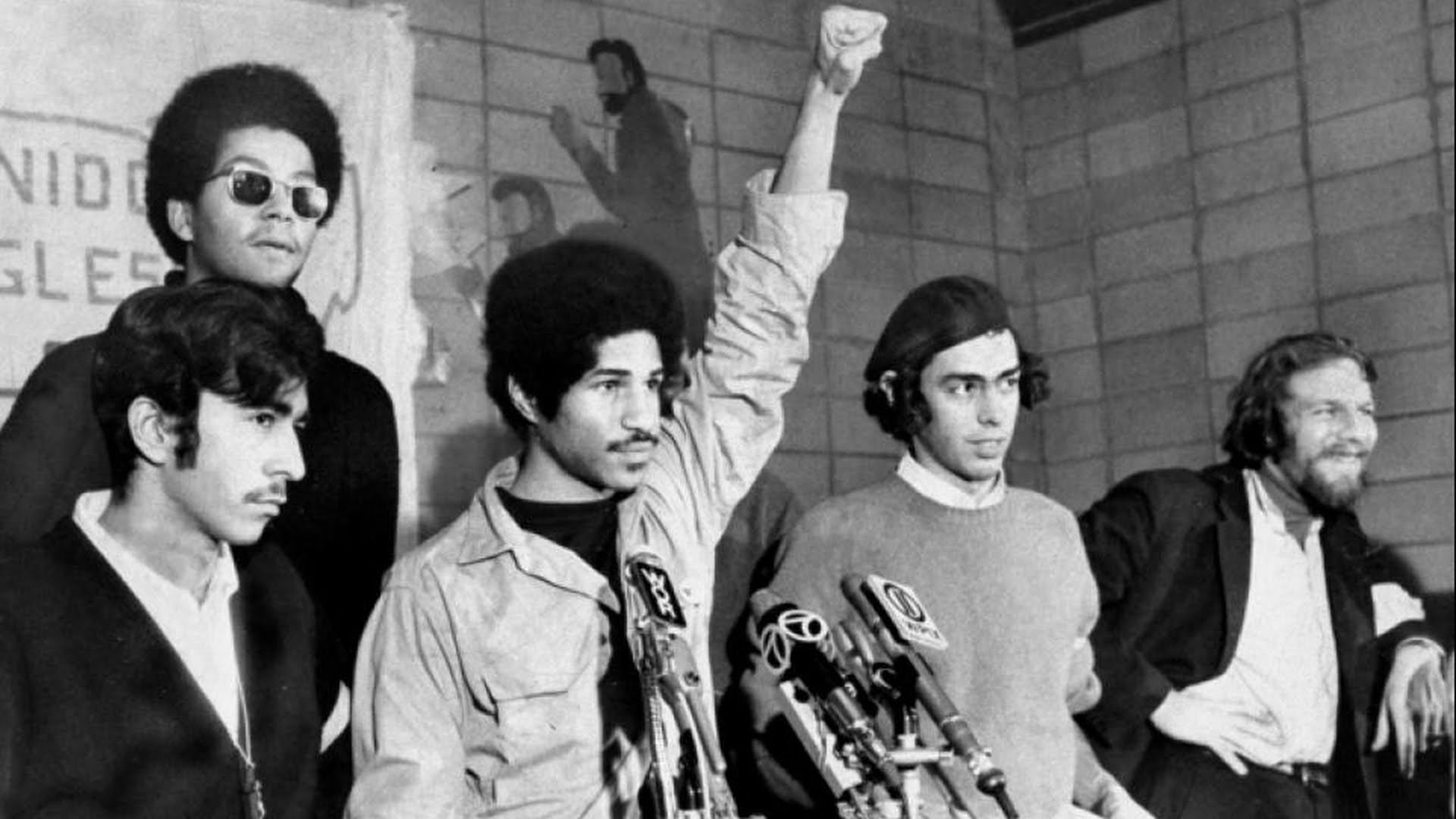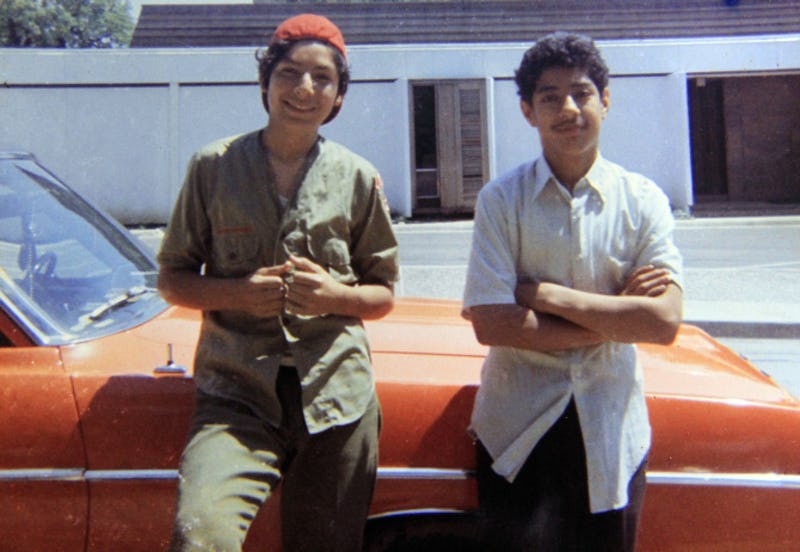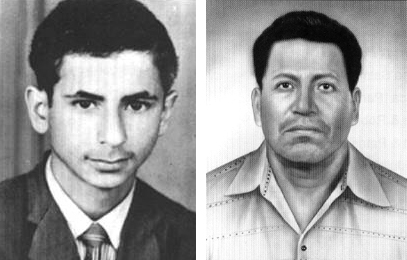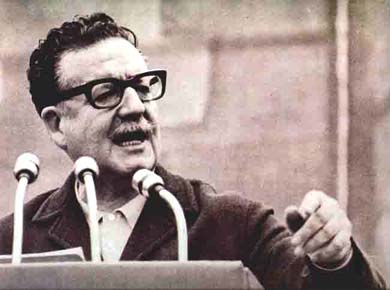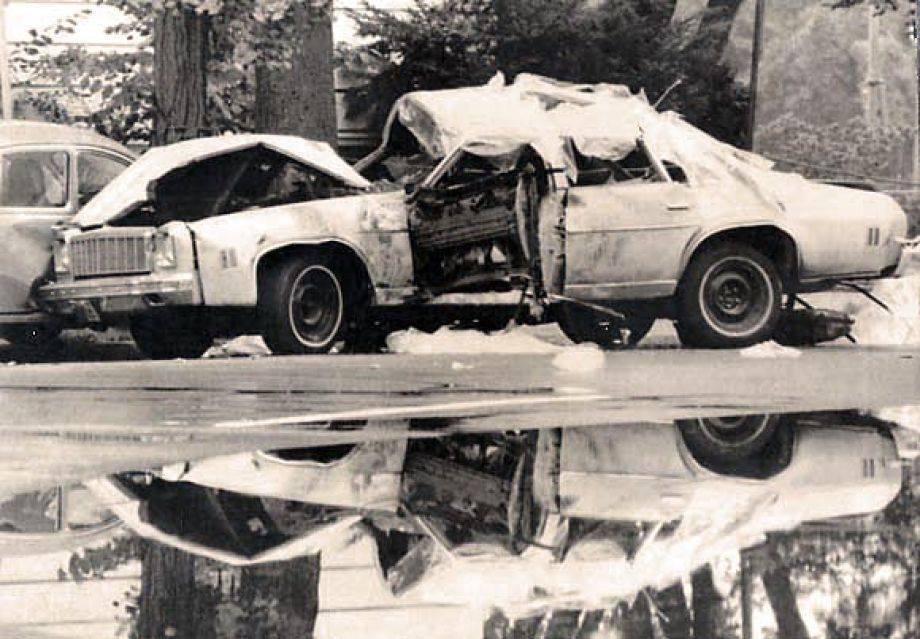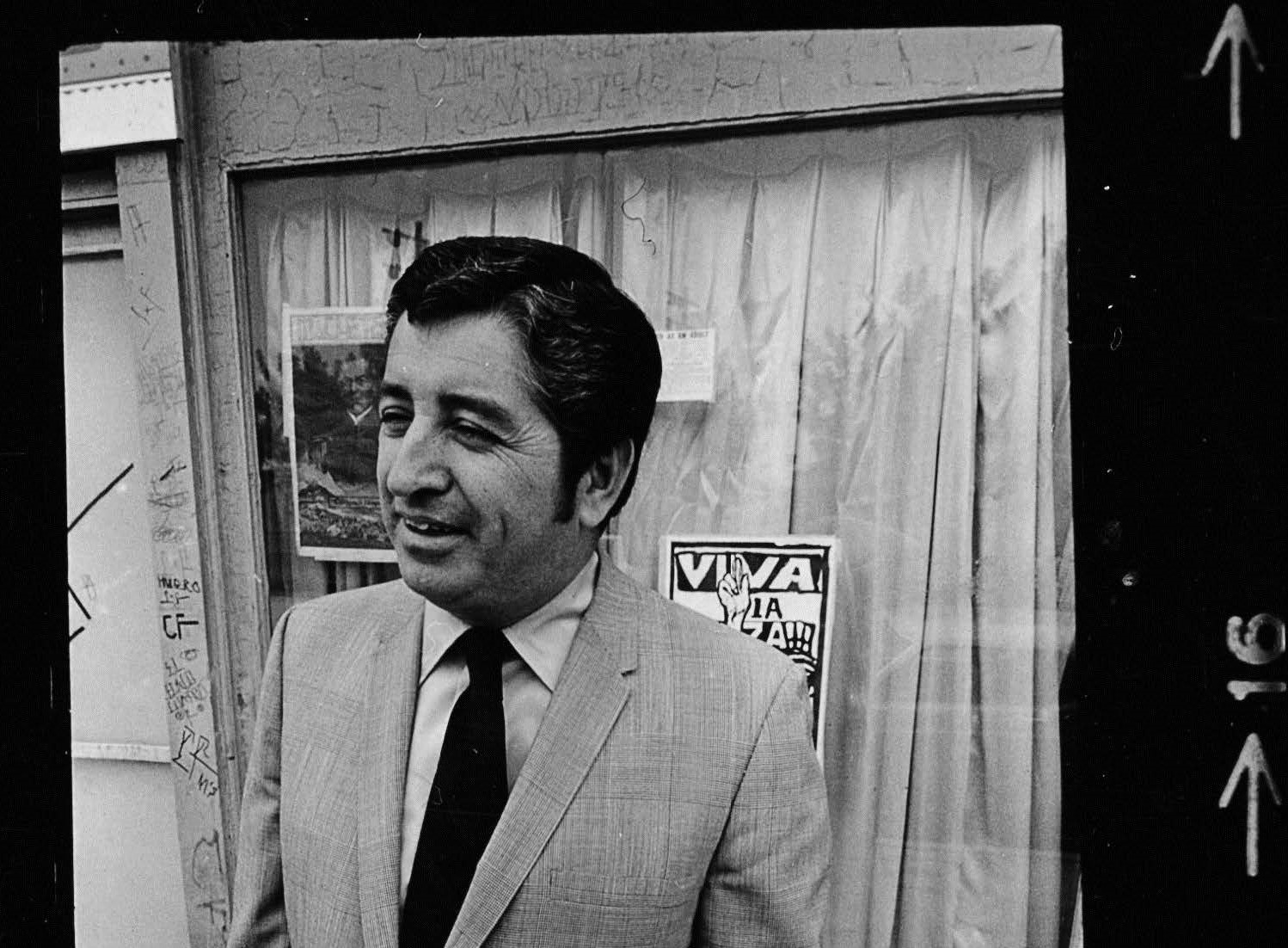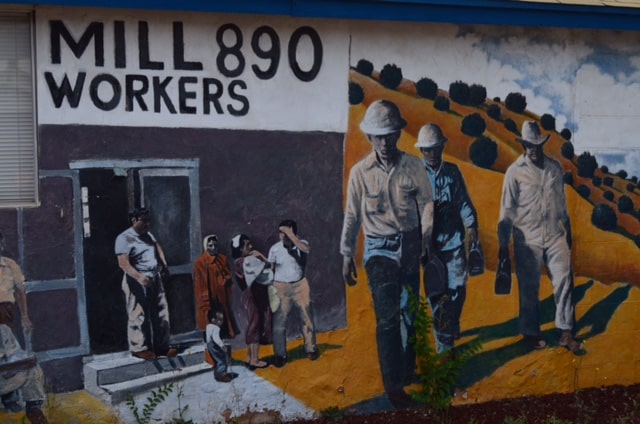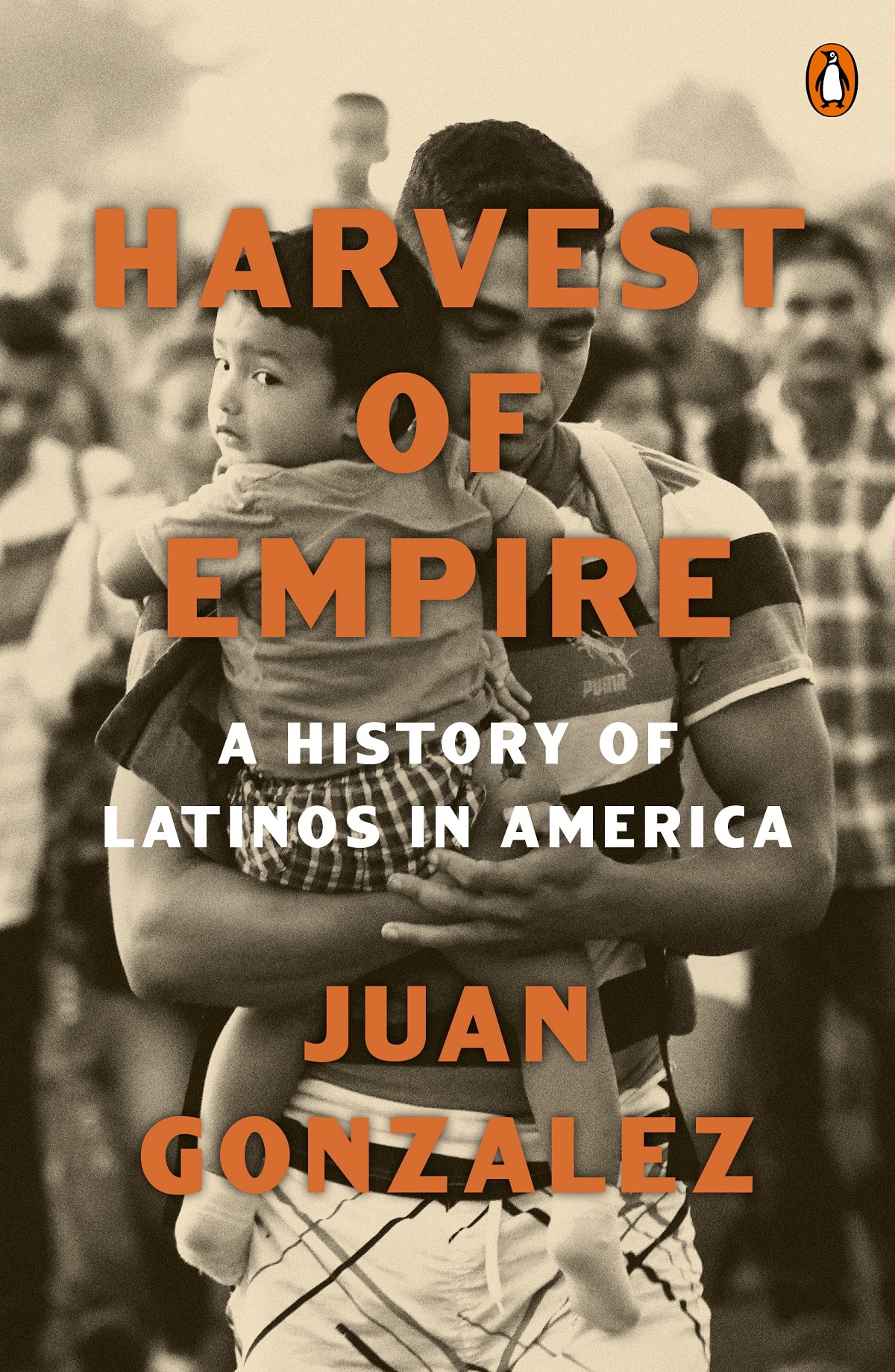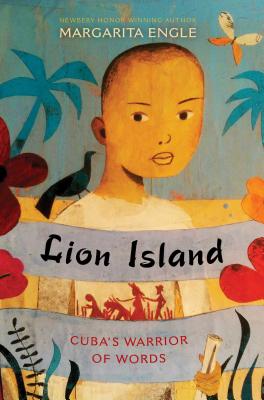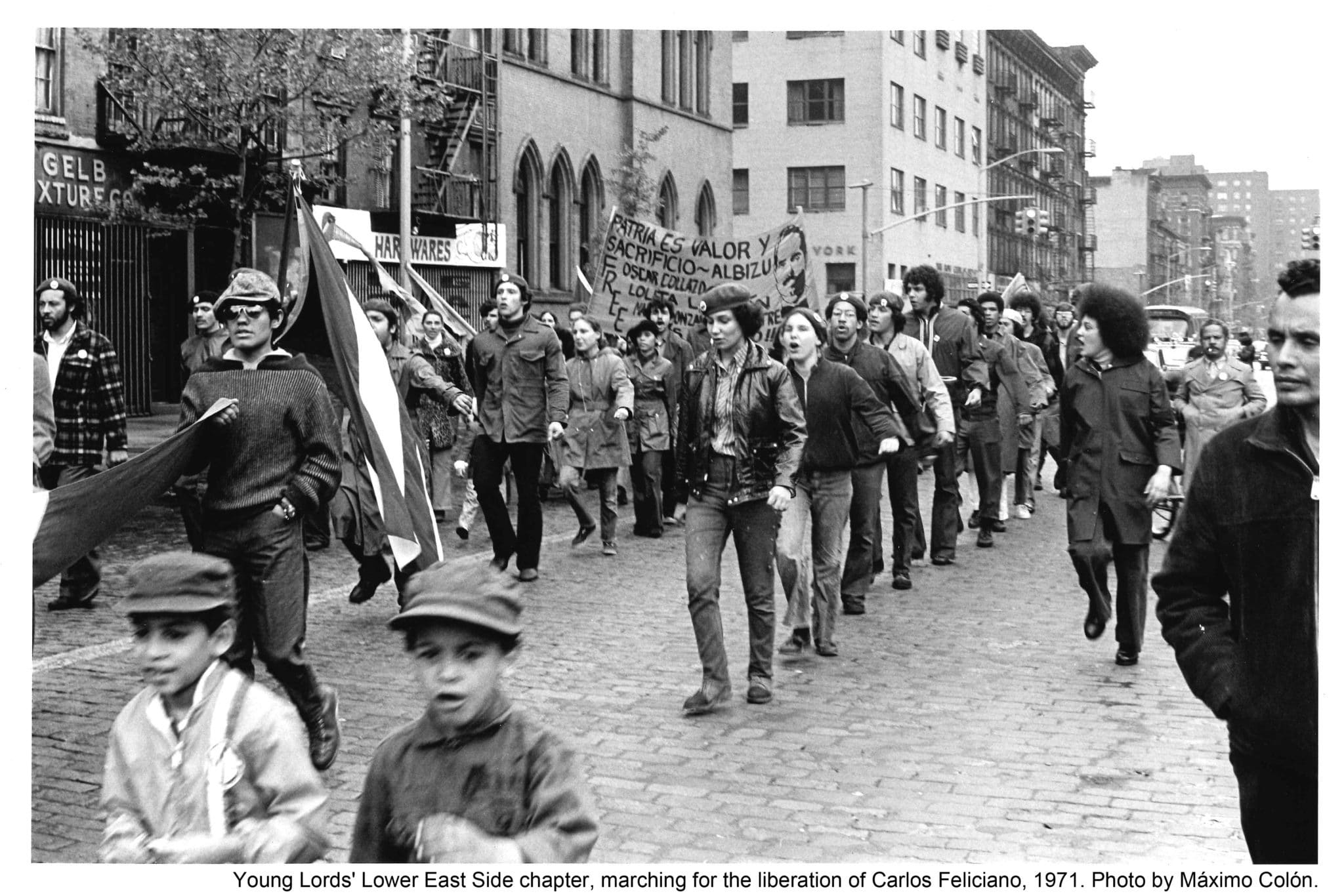The Treaty of Guadalupe Hidalgo was signed, ending the U.S. Mexico War and extending the boundaries of the United States west to the Pacific Ocean.
Continue reading
More than 800 civilians were massacred by the U.S.-backed Salvadoran Army in El Mozote.
Continue reading
Immigration agents raided La Placita Park where they arrested and deported dozens of Mexican Americans.
Continue reading
Book — Non-fiction. By Naomi Klein. 2018. 91 pages.
Post-Hurricane Maria, Puerto Ricans are engaged in a pitched struggle with "disaster capitalists" over how to remake the island.
Continue reading
During a Spring filled with pro-immigrant activism, on this day the largest number of people gathered in over 100 cities in the United States to protest new anti-immigrant legislation.
Continue reading
The U.S. Congress overwhelmingly voted in favor of President James K. Polk’s request to declare war on Mexico.
Continue reading
White U.S. servicemen and police entered a majority-Mexican American neighborhood in East Los Angeles and attacked and detained hundreds of young people in the “zoot suit riots.”
Continue reading
Book — Non-fiction. By Paul Ortiz. 2018. 296 pages.
This narrative, intersectional history describes the shared struggle for African American and Latinx civil rights, and argues that the “Global South” was crucial to the development of the United States.
Continue reading
Book — Non-fiction. By Rodolfo Acuña. 2020 (9th Edition). 464 pages.
A leading textbook on Chicano history.
Teaching Activity by Rodolfo Acuña
Continue reading
The Bisbee Deportation was the illegal deportation of more than 1,000 striking mine workers (IWW-led strike), their supporters, and citizen bystanders by 2,000 vigilantes.
Continue reading
The Young Lords occupied Lincoln Hospital’s major administrative building in response to deplorable treatment of people of color.
Continue reading
Twelve-year-old Santos Rodriguez and his 13-year-old brother David were pulled from their home in Dallas, Texas, handcuffed, and put inside a police car. Santos was killed when one of the officers played Russian roulette to try to force the boys to confess to a crime.
Continue reading
Two striking United Farm Workers (UFW) were killed on Aug. 15 and 17, 1973, while picketing.
Continue reading
Chile’s democratically elected president, Salvador Allende was killed in a U.S.-backed coup.
Continue reading
Orlando Letelier and Ronni Moffitt were killed in Washington, D.C. by a U.S.-backed Augusto Pinochet regime car bomb.
Continue reading
The National Chicano Moratorium March was held to protest the Vietnam War and Latino journalist Ruben Salazar was killed.
Continue reading
The local chapter of the International Union of Mine, Mill, and Smelter Workers went on strike to protest their segregated housing and unfair wages and living conditions.
Continue reading
Book — Non-fiction. By Juan Gonzalez. 2022. 560 pages.
An updated and thorough account of the role the United States in the mass migration of Latinos to the U.S.
Continue reading
Book — Fiction. By Margarita Engle. 2016. 176 pages.
Story of three friends fighting for freedom in Cuba during the 19th century.
Continue reading
Under the orders of U.S.-backed Dominican dictator President Rafael Trujillo, the execution of more than 20,000 Haitians began in what is now known as the Parsley Massacre at Massacre River.
Continue reading
The Young Lords were established in Chicago, Illinois in 1968, led by a street activist named Cha Cha Jiménez, who organized the group to fight local gentrification, police brutality, and racism.
Continue reading
Film. By Herbert Biberman. 1954. 94 minutes.
This classic, powerful film about a miners strike in New Mexico can be used to teach about the intersection of class, race, national origin, and gender.
Continue reading

